Raised Bed Insulation
rthomp
16 years ago
Related Stories
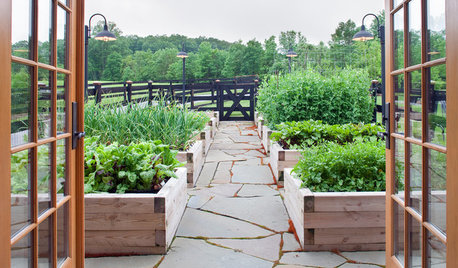
FARM YOUR YARDRaised Beds for Every Garden Style
There’s a raised bed design for every landscape, from traditional to contemporary
Full Story
SPRING GARDENINGInspiring Raised Beds for Fall and Spring Planting
Make Your Next Vegetable Garden Even Better with Beautiful Boxes and Paths
Full Story
FARM YOUR YARDHow to Build a Raised Bed for Your Veggies and Plants
Whether you’re farming your parking strip or beautifying your backyard, a planting box you make yourself can come in mighty handy
Full Story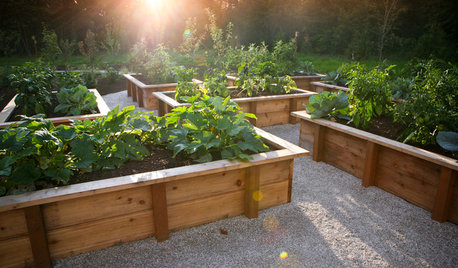
GARDENING AND LANDSCAPINGRaised Beds Lift Any Garden
From good old-fashioned wood garden boxes to modern metal troughs, raised beds can make any landscape space look great
Full Story
GARDENING AND LANDSCAPINGBuild a Raised Bed to Elevate Your Garden
A bounty of homegrown vegetables is easier than you think with a DIY raised garden bed to house just the right mix of soils
Full Story
GARDENING GUIDES8 Materials for Raised Garden Beds
Get the dirt on classic and new options for raised vegetable and plant beds, to get the most from your year-round garden
Full Story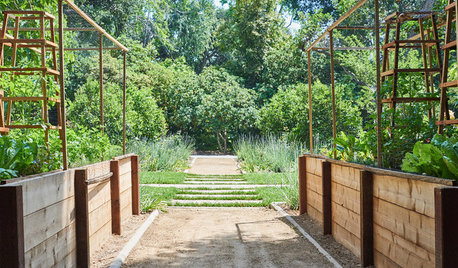
EDIBLE GARDENS7 Tips to Ensure Success With Raised Bed Gardening
Raised bed gardening is a favorite for edible plants. Here’s how to get it right
Full Story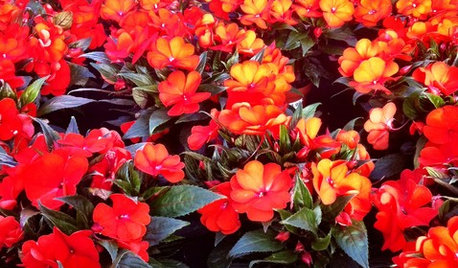
GARDENING GUIDESBright Plants for Flower Beds That Wow
From new annual and perennial varieties to grasses, get dramatic with swaths of color
Full Story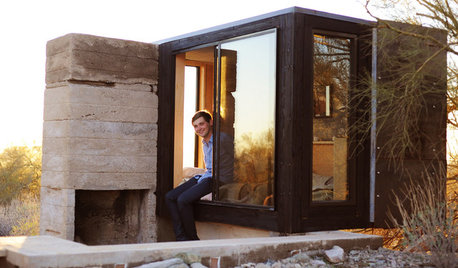
SMALL HOMESHouzz Tour: A Student's Bed-Size Shelter in the Arizona Desert
Could you sleep in such a small space just above the desert floor? One Taliesin architecture student at a time does just that
Full Story
BEDROOMSPlatform Beds for Every Style
Buh-bye box spring: New mattresses and frames make platform beds work for all
Full Story






growingup
gardenlen
Related Professionals
East Rancho Dominguez Landscape Architects & Landscape Designers · Garden City Landscape Architects & Landscape Designers · Salisbury Landscape Architects & Landscape Designers · Harvey Landscape Architects & Landscape Designers · Andover Landscape Contractors · Belmont Landscape Contractors · Corona Landscape Contractors · Dickinson Landscape Contractors · Farmington Landscape Contractors · Fort Wayne Landscape Contractors · Lakeville Landscape Contractors · Petaluma Landscape Contractors · Yuba City Landscape Contractors · Eastlake Landscape Contractors · Daphne Driveway Installation & Maintenancejustaguy2
bejay9_10
patty4150
billtex
rthompOriginal Author
Violet_Z6
neognomic
Violet_Z6
1fullhouse